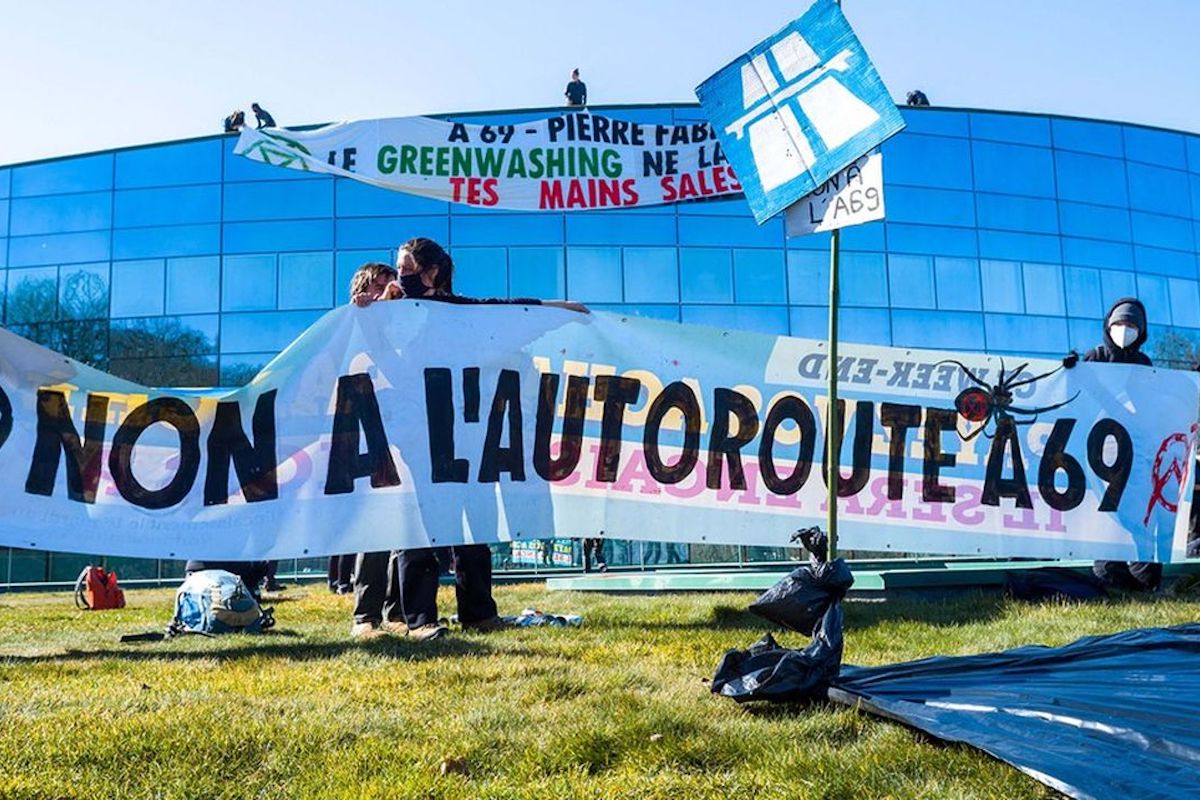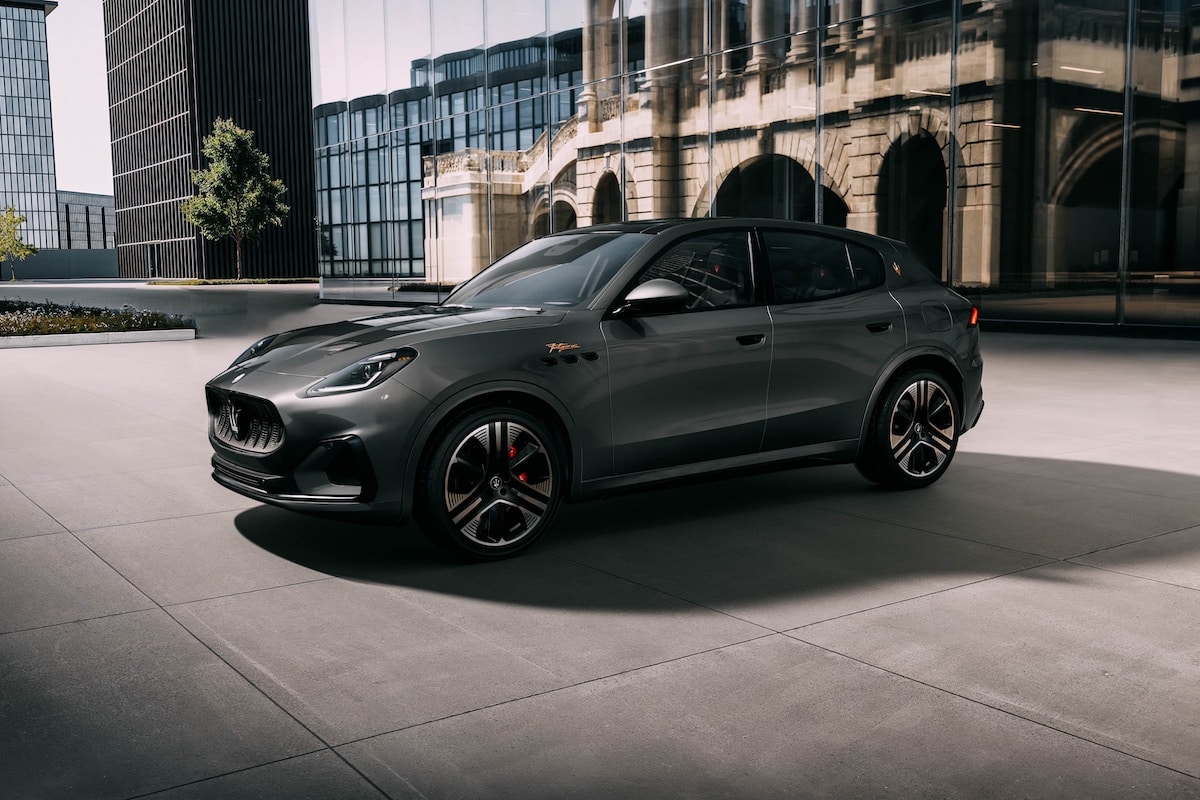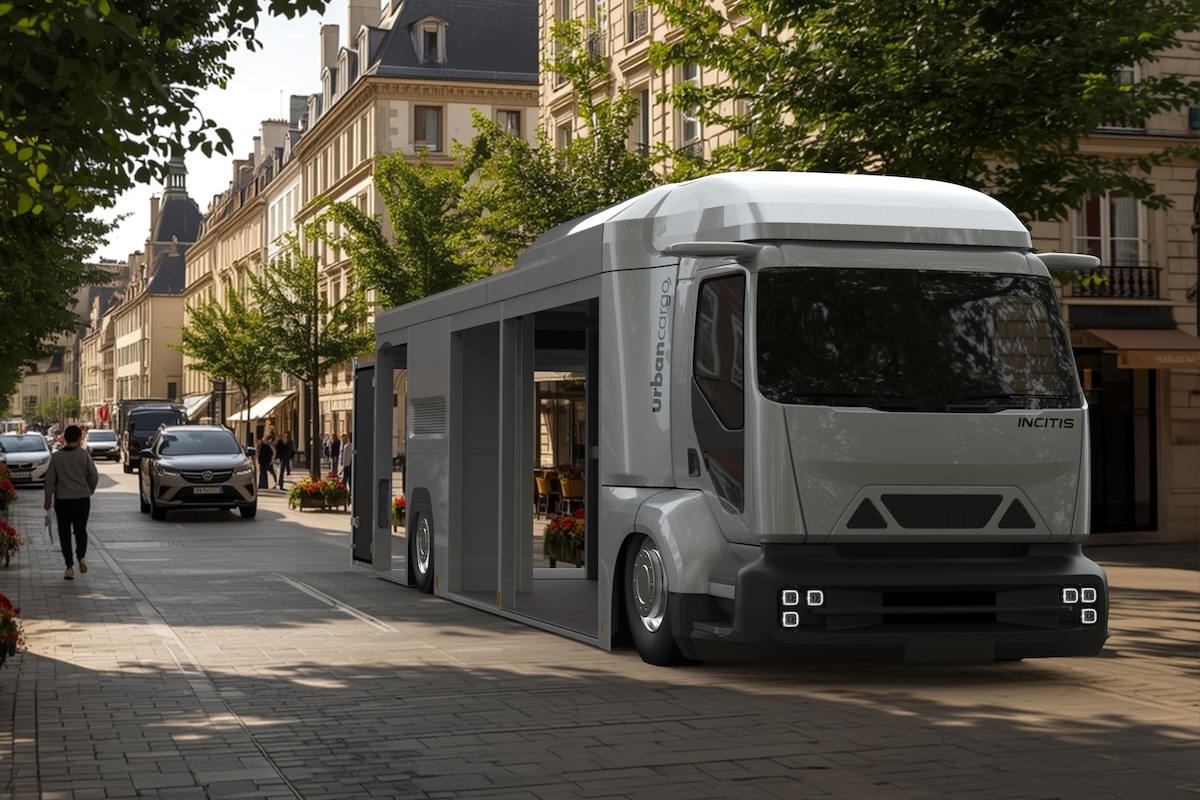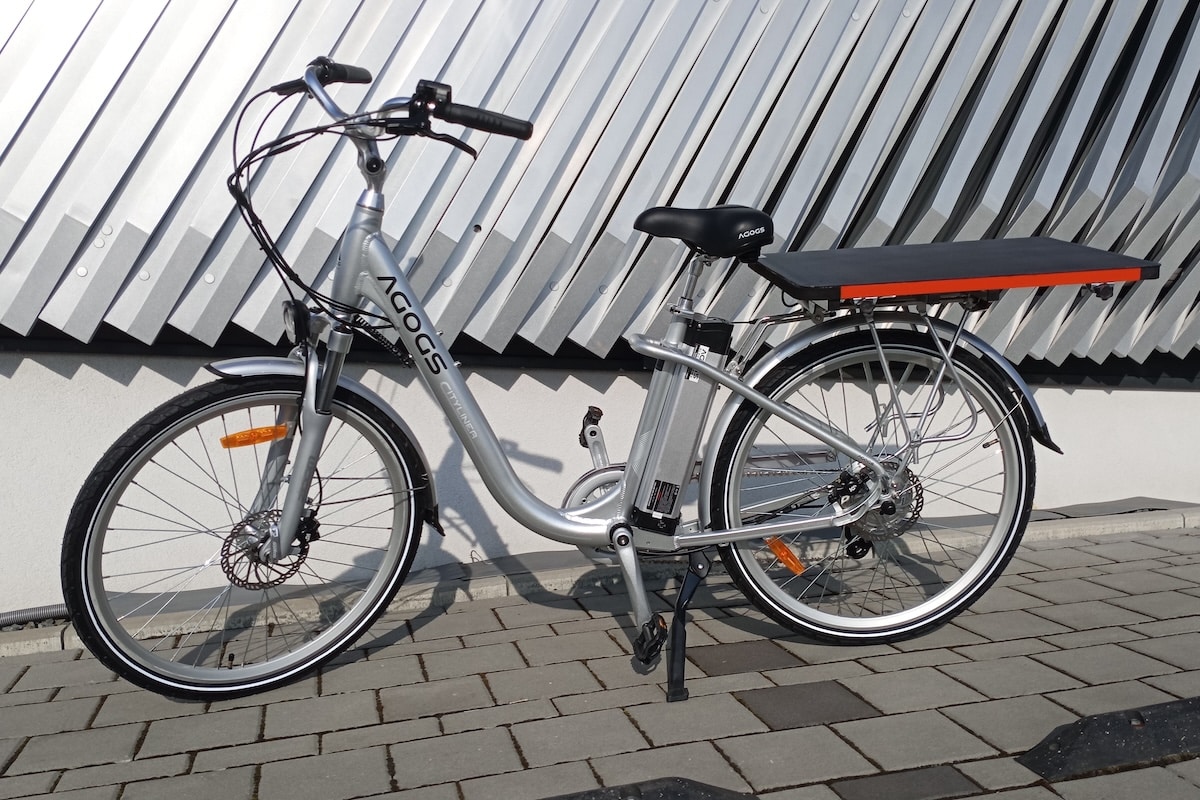A69, the highway of hatred

The future A69 between Toulouse and Castres stirs passions and violence this weekend of protests. Why?
At the call of several environmental organizations, the operation “Ramdam sur le macadam” organized this weekend unsurprisingly escalated. While the Ministry of Transport assures that the project will go to completion, a coalition of associations including Extinction Rebellion and Attac keeps mounting opposition actions against the project. But how can just 54 kilometers of highways trigger so much hatred?
In reality, these associations denounce the destruction of natural spaces and biodiversity for an estimated gain of less than 20 minutes for users of the toll road. As you might have guessed, all elements are in place for things to go awry.
Out of the 54 km of the route between Castres and Toulouse, 44 km still need to be constructed. 200 new bridges and 4 rest areas are also to be developed. To produce the 500,000 tons of asphalt required, concessionaire Atosca has set up temporary production units along the route. Perfect targets for activists who attacked this Saturday two companies, the Carayon cement plant and the BTP Bardou et Fils construction firm. 400 masked individuals set fires at these sites, signaling that the protests had nothing peaceful about them. Today’s activism sadly involves hiding faces to vandalize without attempting dialogue with those whose tools of trade are being destroyed.
But whom is this A69 for? An average of 8,000 light vehicles per day, and nearly 900 trucks are expected starting in 2025 on this stretch. The often-cited argument about higher carbon emissions from driving at 130 km/h instead of 90 or 110 km/h is usually brandished as a banner, but on an autoroute, vehicles travel uninterrupted, which isn’t the case on national or departmental roads. Internal combustion engine vehicles consume and pollute the most during acceleration phases, yet this point is absent from the arguments of these green activists. Passersby, there’s nothing to see here, no need to think about it.
We’ll spare you the expert debates about the number of trees destroyed versus planted. Same goes for the hectares of land paved over to accommodate infrastructure—offset by new protected wetland areas. When figures vary by a factor of four according to different reports, they lose all objective credibility.
A project like this does not materialize in a few weeks, and the social context has shifted since the project’s initial presentation, which at that time did not raise major opposition. The world of 2023 is more prone to violence than negotiation, alas, and automotive manufacturers’ efforts to improve their carbon footprint mean nothing to these planetary saviors. In 2025, cars will pollute less than today, and in ten years, the shift to full electric will be a reality. Honestly, building this A69 would likely not even be considered today. Out of fear of upsetting environmentalists or because it would be entirely outdated when prioritizing public transportation development? Both are valid points, and that’s the core issue. This weekend of hatred and violence ultimately teaches us one thing: No one is willing to calmly discuss their differences anymore. Our elders must be shedding tears.
READ ALSO > Solar panels along highways and railways: a good idea?
This page is translated from the original post "A69, autoroute de la haine" in French.
We also suggestthese articles:
Also read






